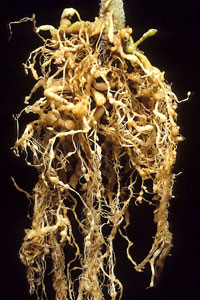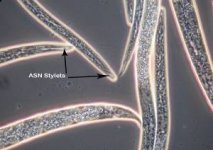
So stoked to see the thread go from this:

To this!


Josey what are the environmental and horticultural differences between your bro who has never seen a dudd on his dubb and yours?
Media? nutes? etc? if its fungal based, perhaps you have spores somewhere on a piece of equipment like a carbon filter or fan that you have had at your grows...









 to all those that have, and continue to work towards identification and treatment of whatever this turns out to be. My hat is off to all of you
to all those that have, and continue to work towards identification and treatment of whatever this turns out to be. My hat is off to all of you 

